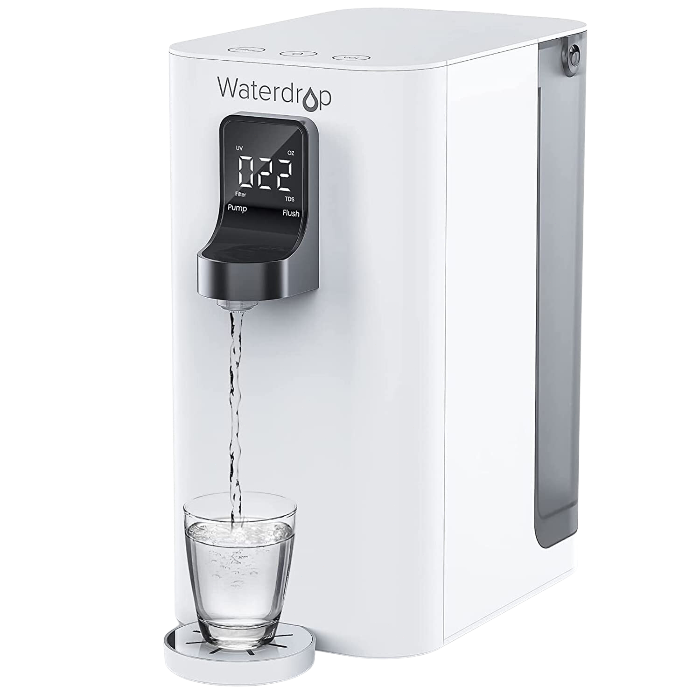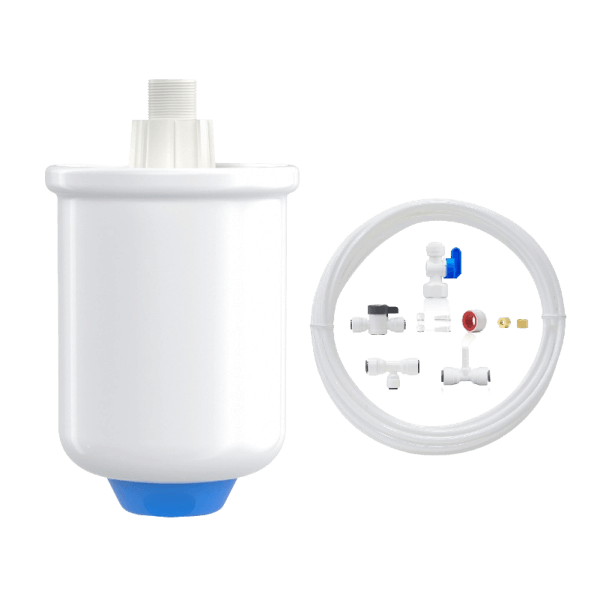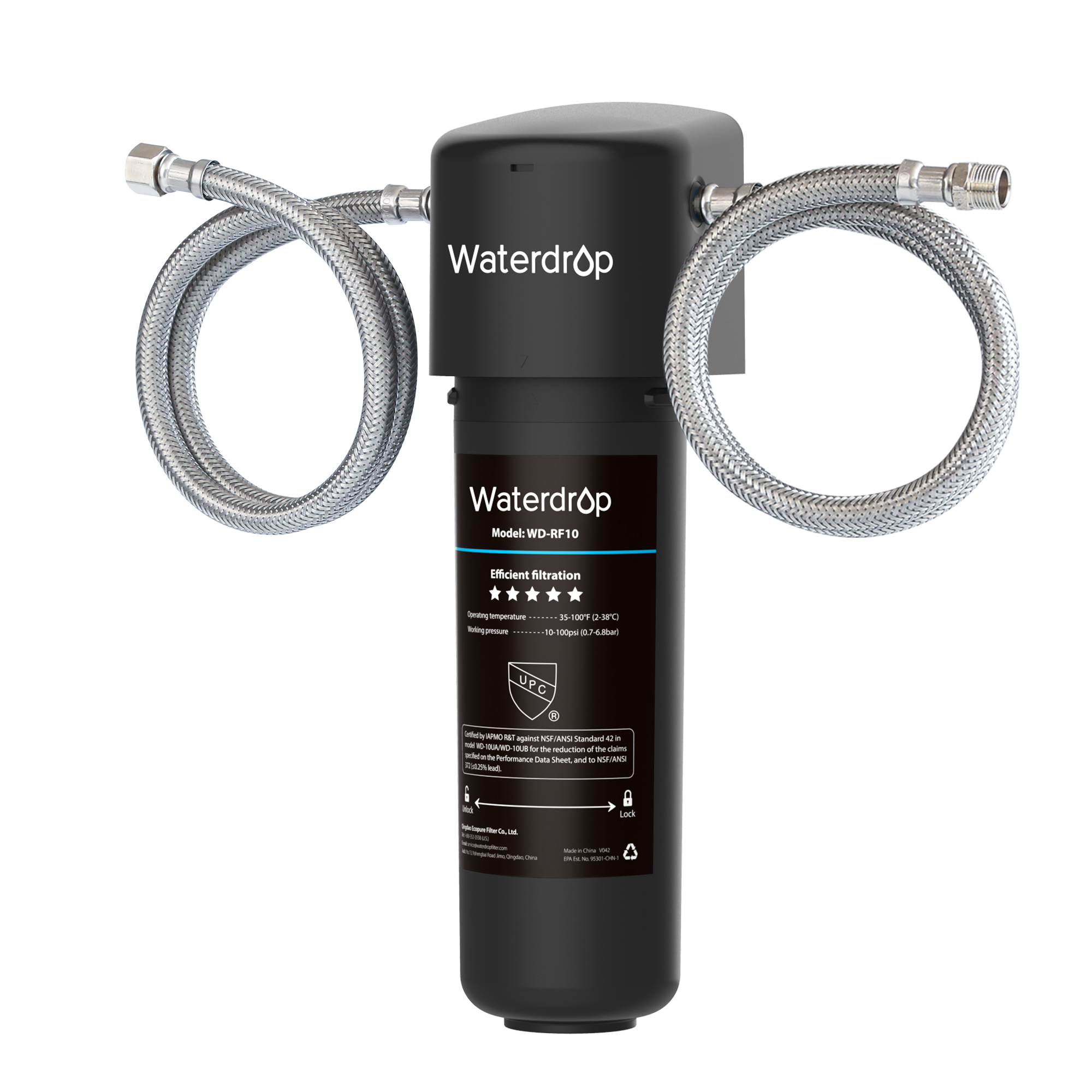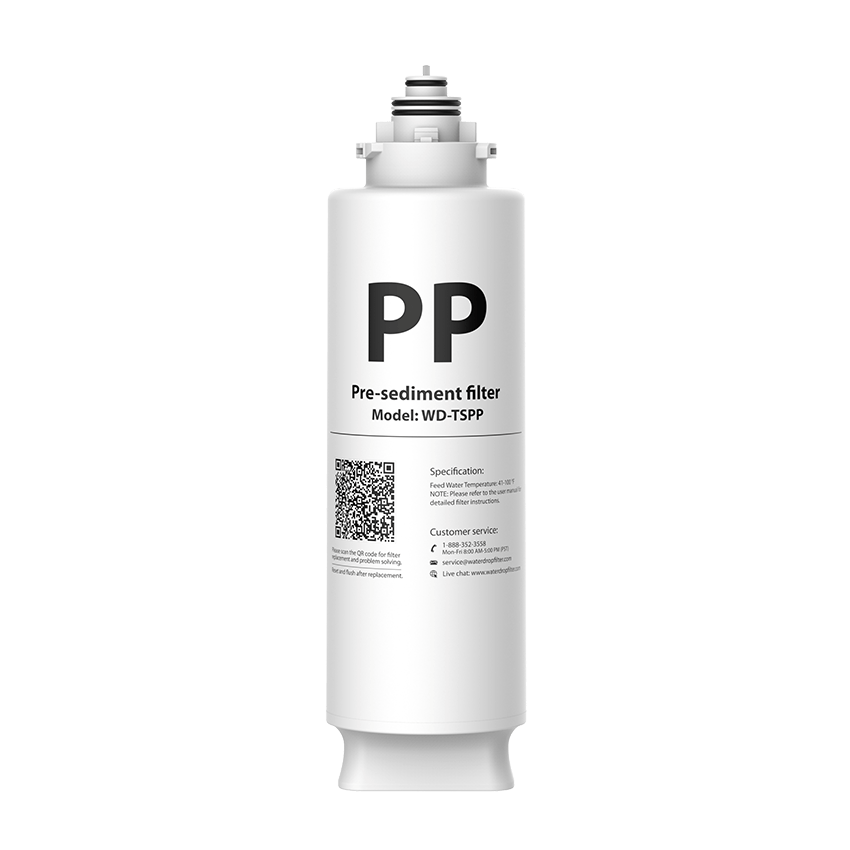What Does Water Taste Like?
由 Dr. Jonathan Doyle - Updated March 15, 2024
Water, often regarded as the essential elixir of life, is a need for individuals to consume daily. We use it for cooking and washing and cannot function without it. Nevertheless, an unpalatable water supply might have detrimental effects on several aspects. What is the flavor of water, and what is the underlying reason for its taste? After comprehending the many elements contributing to the unpleasantness, sweetness, and potential influence on turbidity or clarity, investing in a Waterdrop reverse osmosis filter for residential use seems logical.
Is There Any Taste in Water?
Numerous individuals assert that water lacks any distinct flavor profile. Indeed, it is an entity that is not inherently intended to possess a flavor. On the other hand, this is only sometimes the case for most individuals who consume water from the tap or well daily. Upon sampling water from various sources, one will see the nuanced disparities in flavor. Some may be genuinely revolting, while others will leave you with little more than a faint aftertaste.
Water has a flavor due to its lack of pure H2O. Various substances are dissolved in water or introduced into it during processing to inhibit the proliferation of bacteria and other organic substances. People have various taste receptors and varying capacities for processing sensory information, which results in water tasting differently for each individual. One individual may see the water as pure and pristine, whereas another may have a more unpleasant encounter.
The Reasons Behind Odd Tastes in Your Water
Although the perception of unpleasantness is subjective, many individuals emphasize the negative aspects when queried about the taste of water. The flavor of water is derived from three primary origins: inherent minerals, additives included in the processing system, and residual substances originating from pipes and other fixtures. The last one is essentially the property’s owner’s duty, and the only way to remedy it is by improving the plumbing.

The first two factors are predicated upon the geographical origin and use of water resources. This also applies to bottled water. The concentration of minerals in the water and the concentration of chemicals required to ensure its safety for consumption by humans are quantified in parts per million. Common substances that affect the taste of water include bicarbonate, magnesium, calcium, iron, chloride, and sulfates. Additional components may include salt, potassium, and several other substances.
Distilled water is the only form devoid of minerals or other particulate matter. It is not recommended to consume this daily, even though it is, in the end, pure. Minerals are essential for maintaining optimal health in your body. This argument strongly supports reverse osmosis filters, which effectively eliminate contaminants while maintaining the overall advantages of drinking clean water.
The Taste of Sweet Water: Why Is It So?
Water has a pleasant flavor because it contains minerals. Sugar was not introduced into the tap or healthy water supplied to residential or commercial establishments. The act of selecting a bottle of juice instead of clean water at the shop was not an unintentional occurrence. This flavor may be attributed to an overabundance of iron and calcium in the water.
There are other choices. The water may have a sweet flavor if you have just had a very saline or bitter food. In cases of severe dehydration and intense thirst, individuals may have an enhanced sense of taste in water. Occasionally, individuals diagnosed with diabetes may also encounter this phenomenon.
Taste and Turbidity - The Culprits Behind Cloudy Water

An unpleasant taste may sometimes accompany turbidity. Water clarity is determined by the presence of suspended particles, which may cause water to seem cloudy or clear. If tap water lacks clarity, your water company may likely issue a warning instructing you to either boil it or refrain from consuming it for a particular duration. Water may also experience this occurrence. Nevertheless, it will be your responsibility to oversee any enhancements. Irrespective of the solution used or the duration of the waiting period, concerns about the water’s quality may persist, mainly if it exhibits a chlorine or chemical odor.
The primary factors contributing to turbidity include the presence of silt that has been disrupted from the water supply or treatment system, resulting from inadequate filtration or the development of organic matter. These factors may significantly impact the flavor of water and its nutritional value.
Surplus minerals, processing chemicals, and turbidity-inducing particles contribute to the undesirable taste, odor, and overall unsuitability of water for consumption, cooking, and washing purposes. Enhance water quality by using a reverse osmosis filter. A broad range of alternatives are available for various environments, ranging from large RO filters that can handle an entire home to smaller ones that are ideal for a break room in an office.
How the Taste of Water Can Be Modified by a Reverse Osmosis Water Filter
If your responses to the inquiry about the taste of water are unappealing, a reverse osmosis system can be the optimal choice for you.
Many individuals would prefer the flavor of the water that comes from their taps or wells. They resorted to costly bottled water, which gave rise to environmental disputes as a result of the substantial volume of plastic bottles.
However, the flavor may need to be more flawless and unambiguous. Furthermore, this needs to address the issue of obtaining boiling water for household use or ensuring access to potable water for personal hygiene, child care, pet care, laundry, and dishwashing. The use of under-sink reverse osmosis systems or home water filtration systems may effectively eliminate the presence of unpleasant-tasting water.













